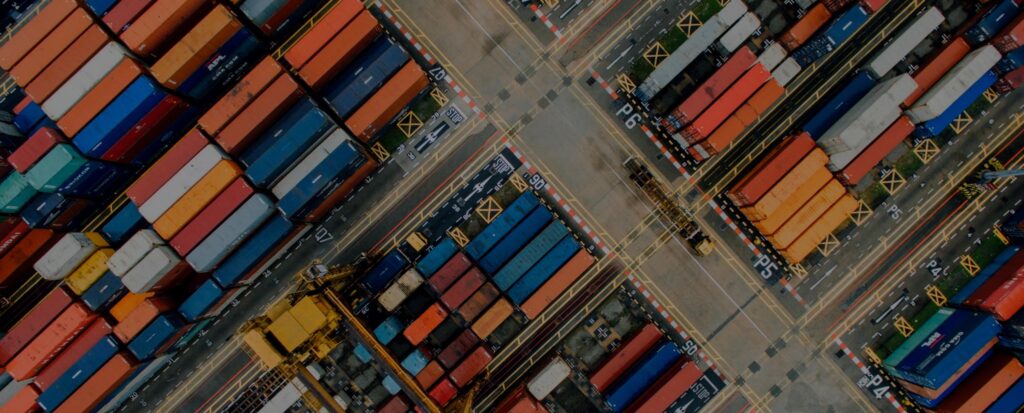Shipping goods internationally involves navigating a vast network of ports and logistics hubs, each offering unique advantages and challenges. Shipping destinations, from bustling metropolises to remote coastal towns, shipping destinations around the world play a crucial role in facilitating global trade and commerce. In this in-depth guide, we’ll explore some of the world’s key shipping destinations, shedding light on their strategic importance and main ports.
Choosing Shipping Destinations
Choosing the right shipping destination is a critical decision for businesses and individuals involved in international trade and logistics. Factors such as geographical location, infrastructure, and connectivity determine the efficiency and cost-effectiveness of shipping routes. Let’s delve into the intricacies of some prominent shipping destinations and their main ports, drawing insights from industry experts and official sources.

1. Dubai, UAE: Gateway to the Middle East
Dubai, often dubbed the “City of Gold,” serves as a strategic gateway to the Middle East region and beyond. The Port of Jebel Ali, operated by DP World, stands as one of the world’s largest container ports, handling millions of TEUs (twenty-foot equivalent units) of cargo annually. Its state-of-the-art facilities and seamless connectivity make it a preferred choice for businesses looking to access the vibrant markets of the Gulf Cooperation Council (GCC) and beyond.
2. Antwerp, Belgium: Europe’s Maritime Hub
Antwerp, nestled along the Scheldt River, holds the distinction of being Europe’s second-largest seaport. The Port of Antwerp boasts a rich maritime heritage dating back centuries, offering unrivaled access to European markets. With its extensive network of waterways and railroads, Antwerp serves as a vital link in the global supply chain, facilitating trade flows between Europe, Asia, and the Americas.
3. Los Angeles, USA: Pacific Gateway
On the shores of the Pacific Ocean, the Port of Los Angeles stands as a beacon of trade and commerce for the Western Hemisphere. As the busiest container port in the United States, it handles a staggering volume of cargo, ranging from automobiles to electronics. Its strategic location and advanced infrastructure make it a preferred choice for businesses looking to access North American markets and beyond.
4. Rotterdam, Netherlands: Europe’s Maritime Capital
Rotterdam, Europe’s largest port, occupies a central position in the continent’s logistics landscape. The Port of Rotterdam serves as a vital gateway to the Rhine-Meuse-Scheldt delta, offering unparalleled access to inland waterways and hinterland connections. Its world-class facilities and innovative logistics solutions make it an indispensable link in global trade, connecting Europe to markets worldwide.
5. Sydney, Australia: Gateway to the Pacific
Sydney, Australia’s premier port, anchors the country’s maritime trade and connectivity with the Asia-Pacific region. The Port of Sydney, with its deep-water terminals and efficient operations, handles a diverse range of cargo, including containerized goods and bulk commodities. Its strategic location and modern infrastructure position it as a key hub for transpacific trade and regional connectivity.
Conclusions When Choosing the Right Shipping Destination
Choosing the right shipping destination is essential for businesses and individuals seeking to optimize their supply chains and logistics operations. From Dubai’s dynamic trade ecosystem to Antwerp’s historic maritime legacy, Los Angeles’ Pacific gateway to Rotterdam’s inland connectivity, and Sydney’s strategic position in the Asia-Pacific, each shipping destination offers unique advantages and opportunities for global trade and connectivity.
References:
- Port of Jebel Ali: DP World
- Port of Antwerp: Port of Antwerp
- Port of Los Angeles: Port of Los Angeles
- Port of Rotterdam: Port of Rotterdam
- Port of Sydney: Port Authority of New South Wales
By providing a deeper understanding of the world’s shipping destinations and their significance in global trade, businesses and individuals can make informed decisions that drive efficiency, reliability, and success in their shipping endeavors.




Recent Comments